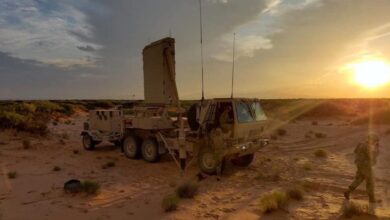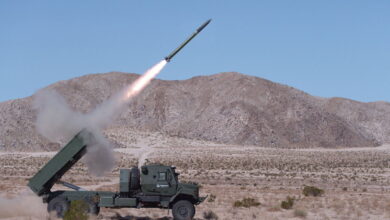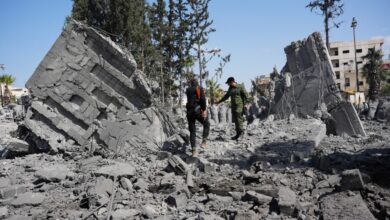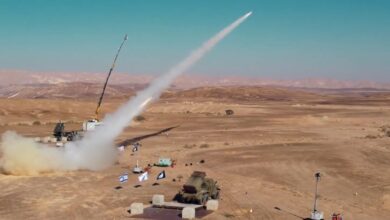US deploys THAAD missile defense system to Israel
U.S. European Command has deployed a Terminal High Altitude Area Defense (THAAD) system to Israel as part of a deployment readiness exercise, the command said on Monday, March 4.
The system was offloaded in Israel on March 1 and is “a demonstration of the United States’ continued commitment to Israel’s regional security under the Department of Defense’s Dynamic Force Employment concept,” Eucom said.
The THAAD deployment is an exercise between the U.S. Army and Air Force and Israel Defense Forces to build readiness and interoperability and demonstrate the capability of American forces to deploy air defense assets globally.
U.S. service members will work in various locations in Israel to practice operational procedures for augmenting the Israel’s existing air and missile defense architecture, refine network connectivity, and validate requirements for the system, Eucom said.
The THAAD deployed from the 11th Air Defense Artillery Brigade, 32nd Army Air and Missile Defense Command stationed at Fort Bliss, Texas.
The forces are not expected to test a missile interception, Haaretz reported.
The X-Band radar system, which is part of THAAD, has been deployed at the Israeli Air Force base in Nevatim for more than a decade, according to Haaretz.
The Terminal High Altitude Area Defense, developed by Lockheed Martin, is designed to hit-to-kill intercept both short- and medium-range ballistic missiles in terminal or descent phase. It is interoperable with the Patriot missile defense system, which is already used by Israel.
In January, the U.S. and Israel conducted a joint test of Arrow 3 ballistic missile interceptors based at Israeli airbases.
The previous month, Israel’s arch-enemy Iran confirmed that it had carried out a medium-range ballistic missile test. Tehran says its ballistic missile program is “non-negotiable.”












